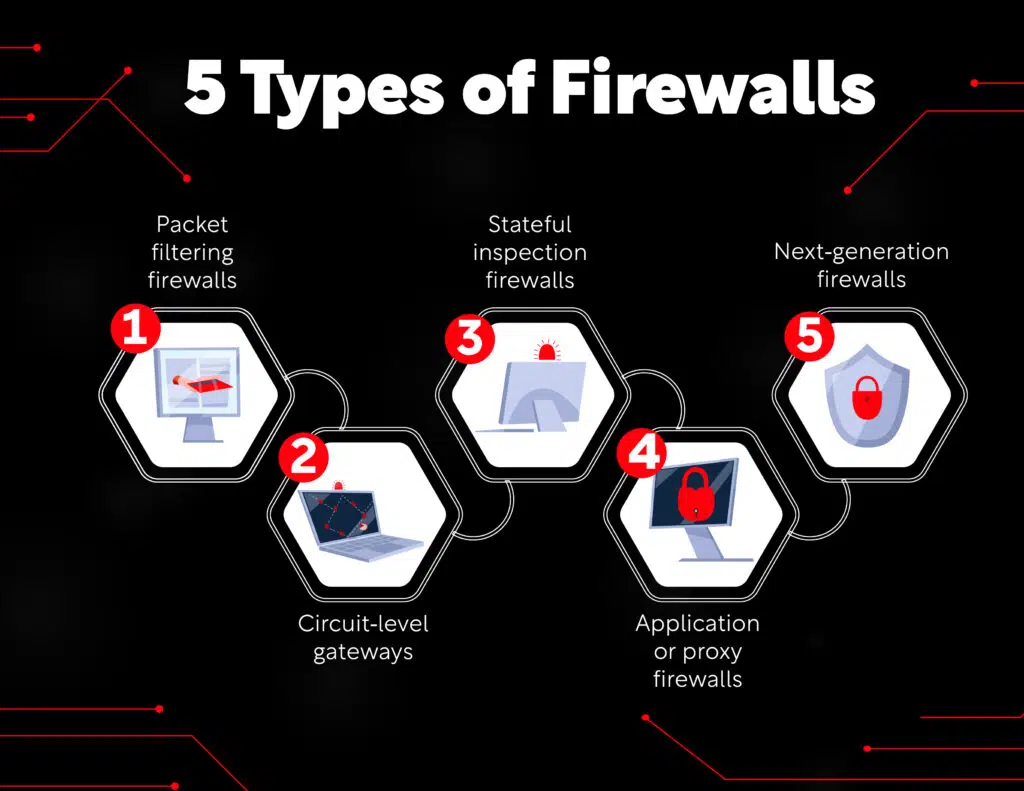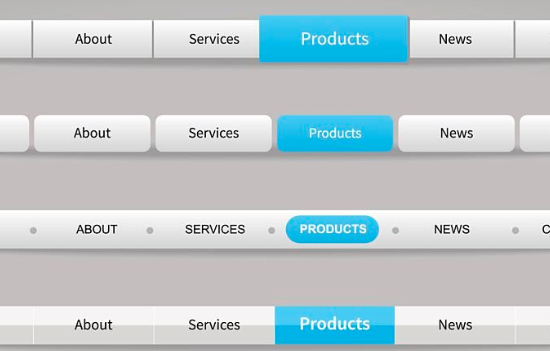
Network firewall entered the field of information technology to solve security issues. Technology is just like the backbone of any organization, and any minor issue can lead to huge issues in business operations. Chances were always there to enter malicious and relevant traffic, so it was important to stop such traffic from entering the network. Fireworks have proved their worth for ages. Development and advancement in information technology have improved the features, abilities, and deployment of various firewalls.
Discovery of Firewalls
The firewall was discovered in the early days when the modern internet was introduced. System administrators noticed that external hackers and attackers had breached and disturbed their network. They needed a strong process to look after their traffic for various incidents and security measures.
Who Introduced The Term “Firewall”?
Steven Bellovin was the first person who introduced the term Firewall for the very first time. Steven was a fellow at AT & T Labs Research. Currently serves at Columbia University as a professor in the computer science department. He used the word firewall and explained the process of filtering out the bad and malicious traffic to the network. He used the firewall to stop unwanted traffic from entering the network and to provide network security to the systems.
Benefits of Firewalls
Firewalls can be used in several ways while providing system benefits and security. A few of the advantages associated with the firewalls are given below;
- Firewalls protect the servers and other devices in a private network.
- They can detect and prevent any attacks by external attackers.
- Firewalls can act like multifunctional devices that can execute enterprise security policies.
- They can differentiate between the good and bad traffic before crossing the network.
Kinds of Firewall
In this article, we are going to discuss five basic types of firewalls as listed below;
- Application level gateway
- Packet filtering firewalls
- Stateful inspection firewalls
- Circuit level gateway
- Next generation firewall
Let’s discuss these five types of firewalls one by one.
Application Level Gateway
Another name for the application level gateway is the proxy firewall. These firewalls filter packets according to the services and ports connected to the network. They provide data protection in the best way, but it isn’t easy to manage by end users.
Pros and Cons of Application Level Gateway
- Application level gateway examines and filters the traffic and communication between devices in the firewall and outside sources of the communication.
- These firewalls allow access to the website while restricting a few pages from getting opened by the users.
- Application level gateways do not work efficiently for all kinds of networks.
- Users have to put a lot of effort into getting the maximum benefits of application level gateway or proxy firewall.
Packet Filtering Firewall
A packet filtering firewall is another type of firewall that operates at points where routers, devices, and switches are attached to work for the network. Firewalls establish specific criteria and work to compare packets. They compare the IP addresses that are allowed to enter. They also compare the type of packet, the number of the port, and other packet protocols.
Pros and Cons of Packet Filtering Firewall
- Users need only one device to filter the traffic.
- This firewall is cheap as compared to the other types of firewalls.
- These firewalls can scan the traffic efficiently.
- The process of filtering the traffic is easy and quick through this type of firewall.
- They do not work for all kinds of networks.
- Their control list is difficult to set up.
Stateful Inspection Firewall
These firewalls are related to the state aware devices across networks that examine the packets and identify if a packet is restricted from crossing the network. This firewall offers greater security compared to the packet filtering of circuit filtering firewalls.
Pros and Cons Stateful Inspection Firewall
- Stateful inspection firewalls inspect the overall state connections and check the IP addresses to provide greater security.
- These firewalls do not need to open a lot of ports for traffic.
- Stateful inspection firewalls have greater control over the content crossing the network.
Circuit Level Gateway
Circuit level gateway is another quick method to filter traffic. This firewall monitors the handshakes and other initiations across the network. This kind of firewall does not monitor the packets but offers a high level of protection and security as compared to the packet filtering firewall.
Pros and Cons of Circuit Level Gateway
- Stateful inspection firewalls inspect the overall state connections and check the IP addresses to provide greater security.
- These firewalls do not need to open a lot of ports for traffic.
- Stateful inspection firewalls have greater control over the content crossing the network.
Next Generation Firewall
This is the combination of two kinds of firewalls; stateful inspection firewall and packet inspection firewall. They filter the packets and state aware devices for better output and performance.
Pros and Cons of Next Generation Firewalls
- NGFW monitors all kinds of traffic crossing the network.
- They get updates automatically from time to time.
- NGFW should be integrated with other security systems for maximum output and benefits.
To know more about different types of firewalls, you may like to watch the YouTube video at the Link here.












Leave a Reply